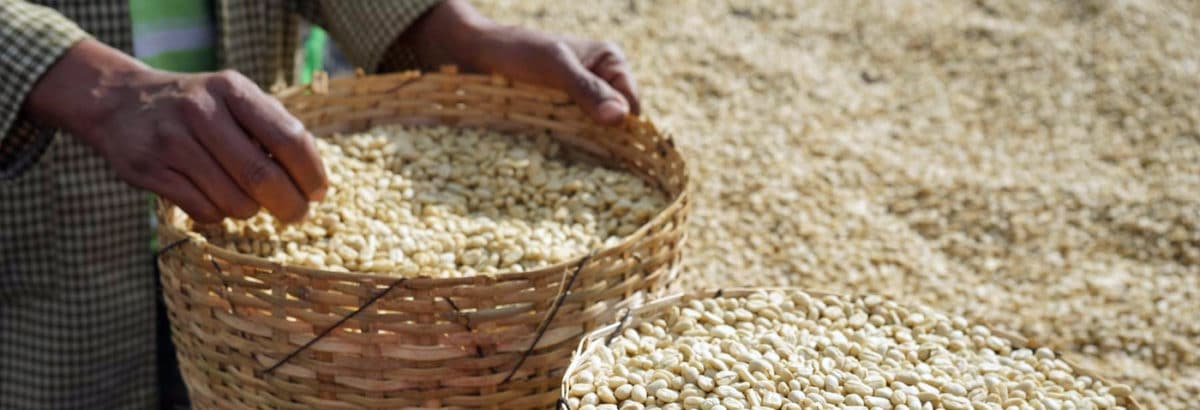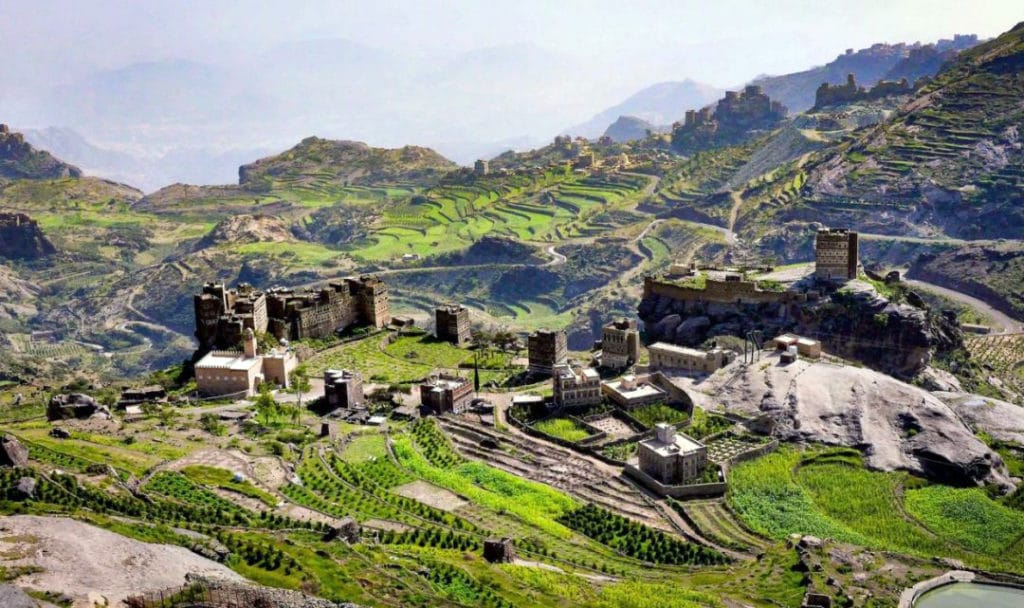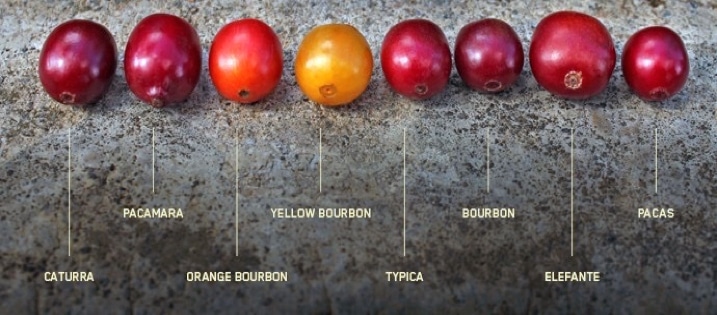
How Coffee Traveled Around the World
The story of coffee’s movement across the globe is a fascinating one, weaving together the narratives of many disparate cultures and peoples. This post will give you a brief primer on where a few of the most important varieties of coffee originated, how they traveled across the world, and the role they play in the modern era of commercial coffee cultivation.
The Beginning: Ethiopia
Though it is not known definitively, it is generally accepted that the first landrace varieties of coffee originated in the forests of western Ethiopia. A landrace variety is a type of plant or animal which is “a domesticated, locally adapted, traditional variety of a species,” that has “developed over time, through adaptation to its natural and cultural environment.” More commonly known as a native or indigenous species, landrace varieties showcase incredible genetic diversity, and are often the wellspring from which the various subtypes of a species emerge. Since coffee is native to Ethiopia, the genetic diversity of the landrace varieties there is incredible; an estimated 95 percent of coffee’s genetic resources are found in Ethiopia, a staggering 99 percent more than the rest of the world combined. However, though coffee originated in Ethiopia, it was the famed port of Mokha, a short distance across the Red Sea, which made coffee famous around the world.
Yemen
Yemen’s proximity to Ethiopia (the Port of Mokha is a mere sixty miles across the Red Sea from the African continent) means that the nations share a long cultural history, with trade missions to Ethiopia from the Arabian kingdom of Saba recorded as early as 1000 BCE. One result of these interactions was the cultivation of coffee plants in the dry and mountainous Yemeni highlands as early as the 9th century. Thereafter traded in Arabia and the Mediterranean, coffee grew in international renown in the 15th century due to its popularity with European colonial powers. Yemen’s history of coffee cultivation, the advantageous location of the Port of Mokha on the Arabian Sea, and the unwillingness of merchants to sell live plants or seeds meant that Yemen was uniquely positioned to capitalize on the emerging world market for coffee. Indeed, the aforementioned factors and the benefaction of the Ottoman Empire made Yemen the primary source of the world’s coffee for the next few hundred years. Eventually, however, various European powers obtained live plants of Yemeni origin and began to proliferate them across the world. Two such varieties, Bourbon and Typica, are of particular importance.

Bourbon
Introduced to Bourbon Island (east of Madagascar, today known as Reunion) by French missionaries in the early 18th century, Bourbon is a selection of coffee from Yemen which is low yielding, tall in stature and has a very high potential for cup quality. Bourbon came to adopt the island’s name because for many years after its introduction, it did not leave Bourbon; indeed, it wasn’t until the mid 19th century that Bourbon would begin to proliferate across the world, mainly through the missionary work of the French in Kenya and Tanzania. From there, Bourbon spread to Brazil in the latter half of the 19th century, eventually also finding its way north into Central America. Due to its susceptibility to disease, Bourbon is no longer widely cultivated outside of East Africa, but its lineage lives on in the many varieties which are descended from it, chief among which are Caturra, Cataui, and Mundo Nuvo, all commonly found in South and Central America.
Typica
Typica has a more convoluted history than that of its cousin Bourbon. Departing Yemen in the late 17th century, Typica was first brought to India by Baba Budan, a famous Sufi mystic. By around 1700, the seeds had moved from India’s southwestern Malabar coast to the island of Java, then known as Batavia, from which it spread across Indonesia. Several years later, a single plant from Java was taken to the Netherlands and came to reside in Amsterdam’s botanical gardens. Seeds from this plant were shared with the French in 1714, and over the next 100 years Dutch and French would spread Typica across the world. The Dutch first took Typica first to Suriname and French Guinea, and then later to Brazil at the close of the 18th century. The French played a crucial role in spreading Typica in the West Indies, first in Martinique, and then, with the help of the English, to Jamaica, Santo Domingo, Cuba, and eventually, Costa Rica and El Salvador, from which point Typica spread to South and Central America. Similar to Bourbon, Typica is tall in stature and has potential for outstanding quality but is plagued by low disease resistance and low yields. This means that Typica is not as widely cultivated today as in the past, but it can still be commonly found in Peru and parts of the Carribean. Its descendants include the SL14 and SL34 varieties of Kenya, as well as Pache, Mibirizi, and Maragogipe, important varieties in South America, East Africa, and Central America, respectively.
Though there is much more that can be said about coffee varieties, of which there are thousands more than I have time to mention here, few are as significant to coffee’s global spread than Typica and Bourbon. From the forests of Ethiopia, to the mountains of Yemen, all the way to the modern fincas of the Americas, Typica and Bourbon are irreplaceably important in the history of coffee and remain crucial to its cultivation today. Their descendants form the backbone of widely cultivated coffee varieties, ensuring that their influence will felt in coffee for many generations to come.

Article By : Bret Colman, Director of Coffee / Head Roaster, Cafe Altura Organic Coffee
